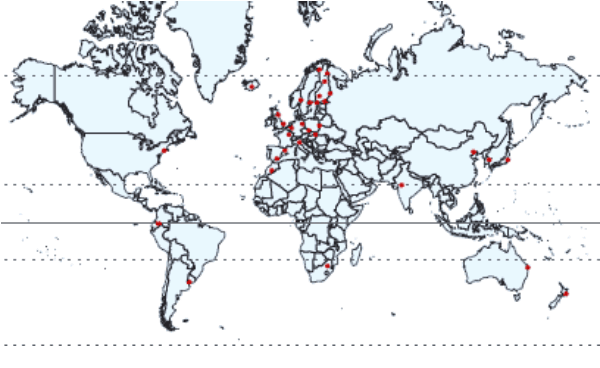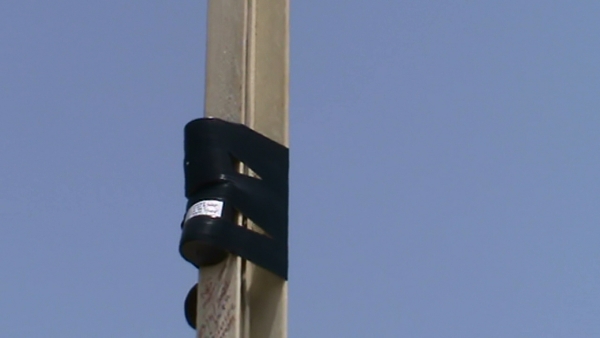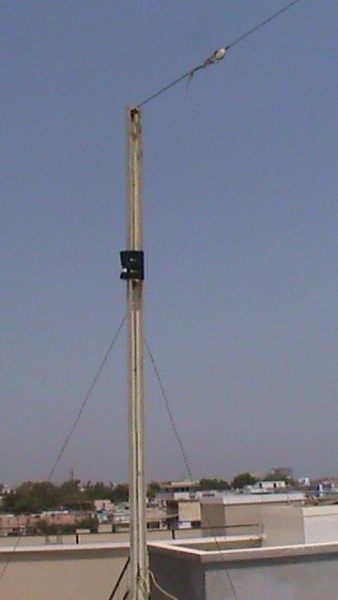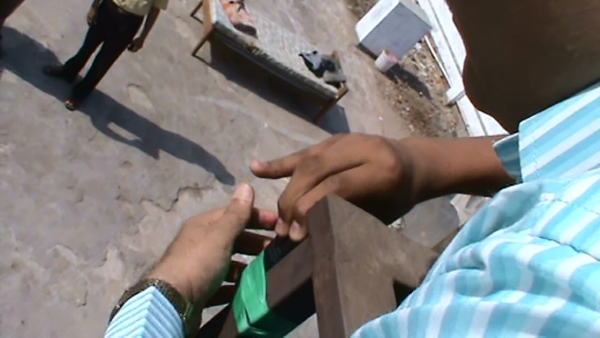Pinhole Camera - track the Sun's path
The Sun moves on a different path each day along a line called the ecliptic. By taking the long exposure pictures of the path taken by the sun, one can undersand the ecliptic, the sun's movement, the winter and summer solstices and the eqinoxes. Solargraphy, using a pinhole camera is one of the best and cheapest ways to understand all of these. It is the best way to learn astronomy and space science while just playing.
Solargraphy
Solargraphy (solarigrafia, solarigraphy) is a photographic method for recording the path of the Sun. Solargraphy is the art pinhole photography and a part of Space Art, too.
Solarigraphics or solargraphs are pinhole photographs taken using a lensless pinhole camera with a long exposure. This makes the invisible movements of the Sun visible in landscapes.
Materials
- a small can to make a home made pinhole camera;
- black and white photographic paper (which is light sensitive);
- tapes or wires for fastening;
- a scanner;
- an image processing computer program.
First Pinhole Camera in India
Using the 4 Can Pinhole Camera from Alto University, Finland, Gurudev Observatory started making its first observations in 2010. Since then more than 500 cameras have been placed at Vadodara, DSVV-Haridwar and Rajnandgaon, C.G. and Gayatri Tapobhoomi-Mathura, India.
It is very interesting and low cost project so students from schools are attracting to it.
Useful links
Pictures of the Pinhole Camera equipment
The Pinhole Camera
The Pinhole Camera mounted on the Radio Jove antenna
Fixing a Pinhole Camera to a suitable mount
Soargraphy centres around the world
Pinhole Camera results

Typical image from the Pinhole Camera by Tarja Trygg, Licentiate of Art, Aalto University
Gallery of pictures of the launch of the project and the equipment
Videos












